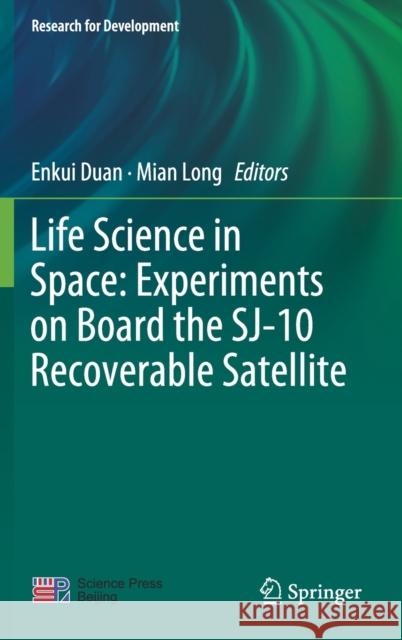Life Science in Space: Experiments on Board the Sj-10 Recoverable Satellite » książka
topmenu
Life Science in Space: Experiments on Board the Sj-10 Recoverable Satellite
ISBN-13: 9789811363245 / Angielski / Twarda / 2019 / 442 str.
Life Science in Space: Experiments on Board the Sj-10 Recoverable Satellite
ISBN-13: 9789811363245 / Angielski / Twarda / 2019 / 442 str.
cena 586,33 zł
(netto: 558,41 VAT: 5%)
Najniższa cena z 30 dni: 578,30 zł
(netto: 558,41 VAT: 5%)
Najniższa cena z 30 dni: 578,30 zł
Termin realizacji zamówienia:
ok. 20 dni roboczych.
ok. 20 dni roboczych.
Darmowa dostawa!
Kategorie:
Wydawca:
Springer
Seria wydawnicza:
Język:
Angielski
ISBN-13:
9789811363245
Rok wydania:
2019
Wydanie:
2019
Ilość stron:
442
Oprawa:
Twarda
Wolumenów:
01
Dodatkowe informacje:
Wydanie ilustrowane











